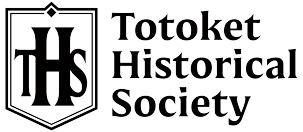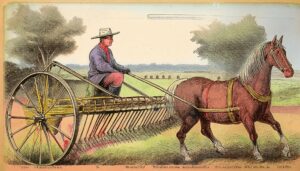TOTOKET HISTORICAL SOCIETY
Did You Know?
Fun facts about North Branford + Northford
In earlier times Northford was a center of industrial activity producing articles such as buttons, pins, nails, tinware, brushes, silverware, paper, cards of all sorts, coconut dippers, desiccated coconut, hooks and eyes, hay rakes, rivets, gimlets and other items. There were blacksmith shops, a tannery, a dye house, saw mills, a creamery, fulling mills, a grist mill, a lime kiln, a carriage shop and other manufacturing facilities. All of these were located along the Farm River. There was even a hotel in 1852.
One school house, “The Little Red School House,” in Northford remains much as it was in the early 1800s. Several others also remain but have been converted into residences or businesses and bear little resemblance to the original structures. Those include The Mill Road School, The Beech Corner School, The 7th District School, The North Branford School (former Town Hall) and The 4th District School.
According to “The History of North Branford and Northford” by Herbert C. Miller, MD the movement to build it was begun shortly after the declaration of peace in 1865. It was erected in 1866. Two other Connecticut towns, Berlin and Bristol, also claim the oldest monument. An internet search reveals that there are several memorials erected as early as 1863.
On the afternoon of August 13, 1917, two electric trolley cars of The Shore Line Electric Railway collided near Foxon Road approximately mid-way between Forest Road and Branford Road. Nineteen people were killed instantly and many were injured. Read about it in our publication “The Shoreline Electric Railway and the Great North Branford Trolley Wreck” by Edna Hall.
Twelve year old Emily Cooper, a cousin of the murderer, was sexually assaulted and murdered. Read about this terrible crime in our publication “The Murder of Emily Cooper” by Eugene C. MacMullan. This is a truly fascinating story. The story can be read on our “Research Documents” page.
Kind of makes you wonder…???
Women were paid only $5.75 per month for the same teaching duties.
Justus Rose offered freedom to any slave who would fight in the Revolutionary War. Two men took him up on his offer. One was killed in the Battle of White Plains. Another slave, Gad Asher, won his freedom but was blinded. He lived and raised a family in North Branford after the war. Read Gad Asher’s story is on the “Research Documents 1” Page. Reverend Matthew Noyes, second minister of the Northford Congregational Church, kept slaves. Slavery was abolished in Connecticut in 1848.
It was an architectural treasure! If you have lived here more than 35 years you may remember it. Ever wonder what happened to it? Read the document “Warham Williams: A Country Parson and his Northford Home” by Elizabeth Livingston.
The prisoners were later marched to Hartford through Northford where they were encamped one night. Some were guarded in the Episcopal Church and the rest in a near-by meadow on Old Post Road.
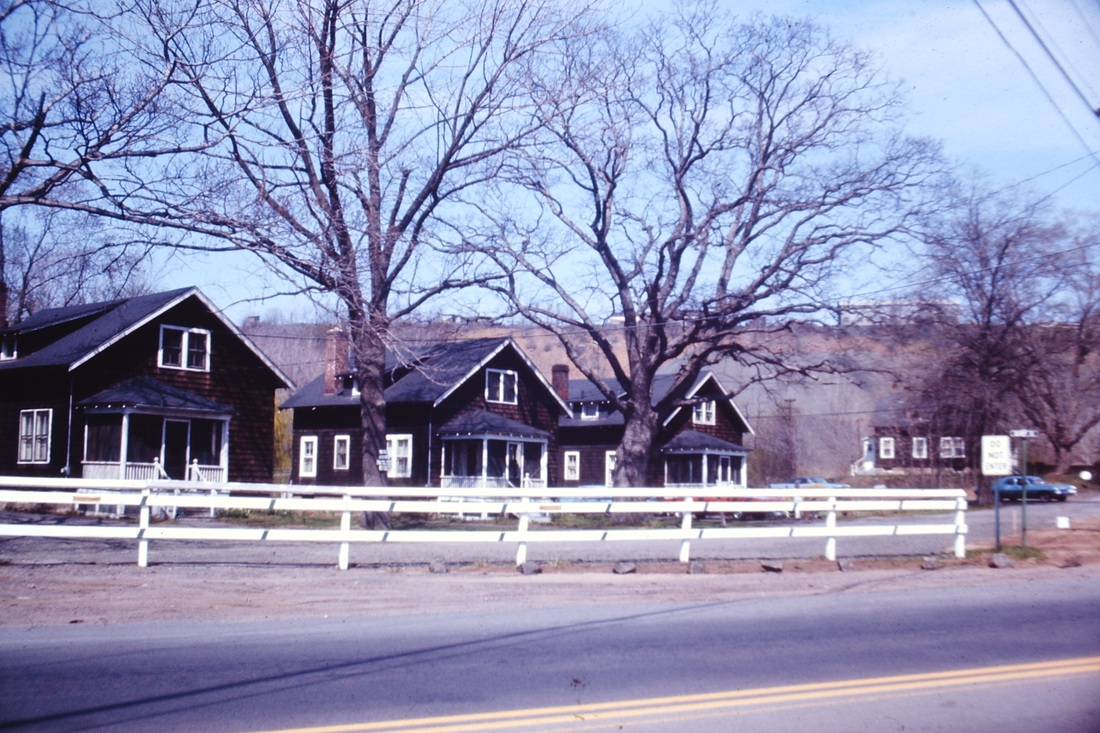
One Forest Road
three small homes located on the northwest corner of the intersection of Route 22 and Route 80 (across from No. Branford Town Offices) were originally built to house the foremen working at the Trap Rock Company? There was a fourth house that has since been removed. All have now been removed since 2019.
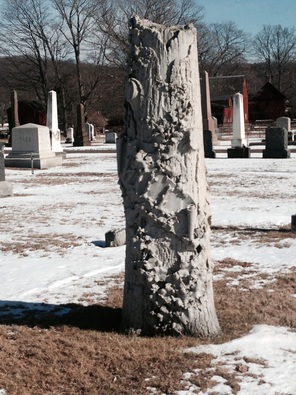
A very unusual tombstone
exists in the Bare Plain Cemetery? It is that of the Hill Family. Alden Hill was a North Branford Selectmen in the 1920s and also operated a business cutting pillngs for docks etc. He was involved in clearing Totoket Valley for the building of The North Branford Dam. The tombstone resembles a tree trunk.
It was the only place in North Branford that was able to pump gasoline after the 1938 Hurricane? This was most probably because they had only a hand operated pump.
When they were changed to their current designation we do not know.
The following is from the website “Connecticut’s Notable Trees – 1902 Pin-Oaks:”
http://conncoll.edu:8080/notabletrees/1902PinOaks.jsp
In 1902 Connecticut held a convention in Hartford to consider updating our State Constitution. Delegates from all 168 towns attended and worked on the document. Joseph R. Hawley, one of Connecticut’s US Senators, arranged for the US Department of Agriculture’s Bureau of Plant Industry to provide Pin Oak (Quercus palustris) seedlings, which he distributed to each of the 168 participants at the close of the Convention to commemorate the experience. The delegates took the little trees back home, where they were planted on town greens, school yards, church yards and, in many cases, on the delegate’s own property. Since there is still some confusion, it should be noted that these trees have no relationship to the Charter Oak (a White Oak, Quercus alba), offspring of which have also been used for commemorative purposes. No information regarding the parentage of these Pin Oaks has yet been found.
Sermons were from two to four hours long. There were no fires in the church during the winter. The women took foot stoves, and the men tried to keep warm as best they could. At the close of the morning sermon everyone adjourned to the “Sabbath-day houses,” which were small buildings in which fires could be made. The churchgoers ate lunch and thawed out, only to attend another sermon in the afternoon, to be warmed spiritually but frozen physically.”
He also devised a way to use the coconut meat by adding sugar and desiccating it. He was prevented by his father from moving his business to New York City and possibly becoming Northford’s first millionaire. His father said he should be satisfied to make $100 a day from his Northford enterprise. Epaphras’s son Wilburt became a World Champion Trick Cycle Rider and performed all over the world before crowds and crowned head of state.
The town records sometimes leave one wondering about certain expenditures. For instance an expenditure of $3.00 for “finding where he belongs.” Another expenditure was for “50 cents for snuff and 50 cents for whiskey. ” Indeed expenditures for C. G. amounted to $27.62 for clothes, medical attendance and care at hospital, $10.12 for getting him to New York, $33.00 for a ticket to Copenhagen along with $5.00 for an overcoat.
This was followed by a Special Town Meeting two weeks later which rescinded the vote. Only about 100 years later did North Branford finally build a high school.
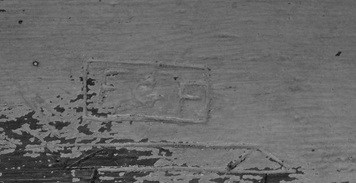
That sometime in the late 1800s Flora G. Foote carved her initials, FGF, into a desk in The Little Red School House?
Those initials, along with many others, are still there. See photo on left. In 1888 Flora spent half the night of March 11th at the school house until her parents could reach her. She was 13 years old at the time. The “Blizzard of 88” left drifts of 30 feet or more in some places.
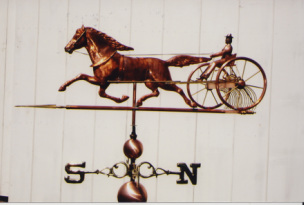
That there is a time capsule in the weathervane on top of The Gordon S. Miller Farm Museum?
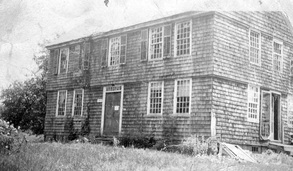
That the “Barber House,” 1635 Middletown Avenue, was moved from just over the Wallingford town line, down Maltby Lane to its present location on Middletown Avenue?
Julius Maltby, hired Philander Cooke and 100 yoke of oxen to accomplish the feat. The house was moved sometime between 1856 and 1868.
That the “Barber House,” 1635 Middletown Avenue, was moved from just over the Wallingford town line, down Maltby Lane to its present location on Middletown Avenue?
Julius Maltby, hired Philander Cooke and 100 yoke of oxen to accomplish the feat. The house was moved sometime between 1856 and 1868.
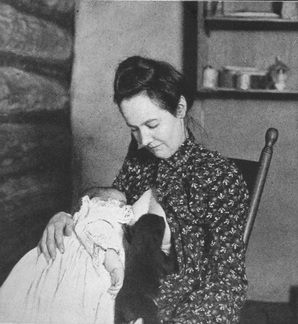
That in 1903 the great grandmother of one of our Chairpersons saved the life of a newborn bear cub by breast feeding it?
The little bear’s mother was killed in its den and only then was the cub discovered. This true story is related in the book “Wild Brother” by William Lyman Underwood first published in 1921. Unfortunately the book is out of print.
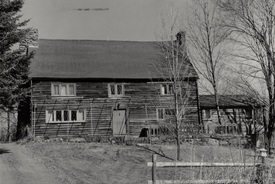
That the oldest structure in North Branford is located on Sol's path in Northford?
Called "The Old Barn," the structure was built about 1680 as a barn, probably with a thatched roof.

It has since been restored and converted to a home. It was also used as a Tea Room in the past.
Until residents discovered there was already a town in eastern Connecticut named Salem.
That tree was reported to have a circumference of 30 feet and its branches extended ~110 feet from the trunk. The property was purchased in 1714 by Nathaniel Johnson and remained in that family until 1916. The tree was referred to as “The Johnson Oak.” The home on the property was destroyed by. fire in 1882 and the tree was seriously damaged at that time. In 1978 the tree was struck by lightning and destroyed.
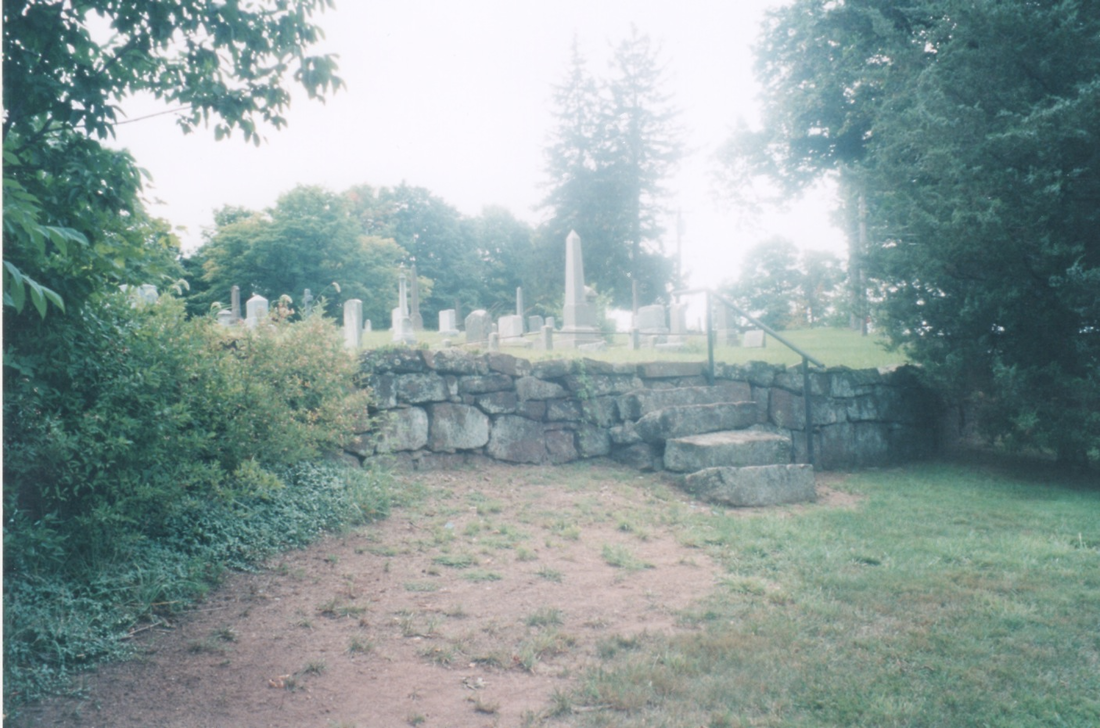
That there was a Brownstone Quarry operated by the Dan Jones family of Northford on the hillside between The Middletown Turnpike (Middletown Avenue) and Foote Hill Road?
Stones from this quarry were used to build the Northford Congregational church in 1846. Many foundations of pre-revolutionary houses were laid up with this stone. The stone wall around the Old Northford Cemetery was constructed from rock quarried in Jones' Quarry. Photo at left shows the Old NorthfordCemetery
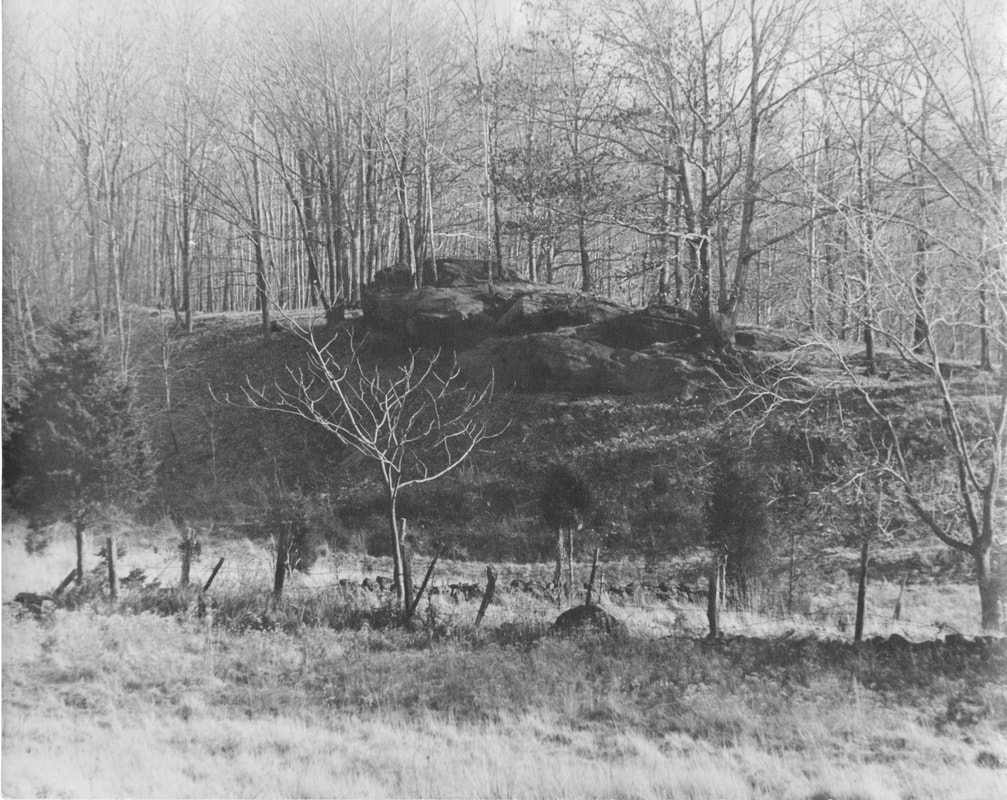
That there is a series of rock outcroppings just south of Old Post Road in Northford referred to as "The Indian Ovens"?
Which were reported have been used by local Native Americans for shelter and the preparation of food. In fact grammar school children often visited the site to experience local history. In the 1980s The Historical Society invited the Connecticut State Archaeologist to visit the area. He determined the the site was simply a natural outcropping and was never used by Native Americans.

